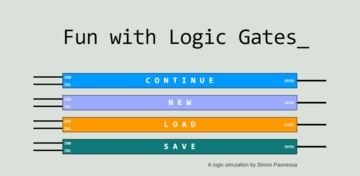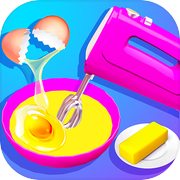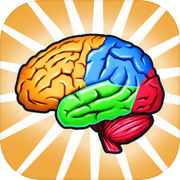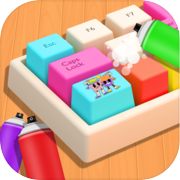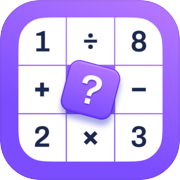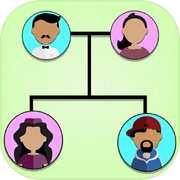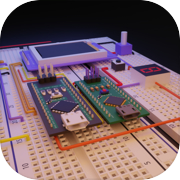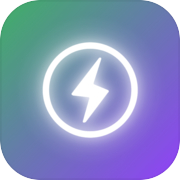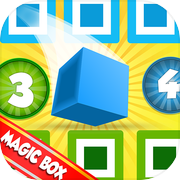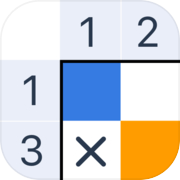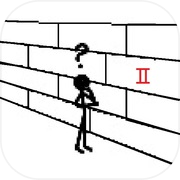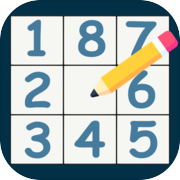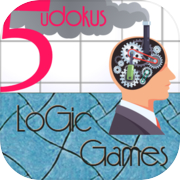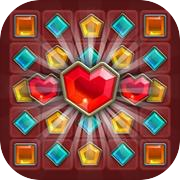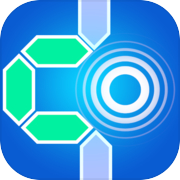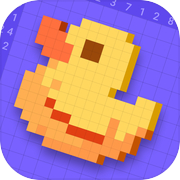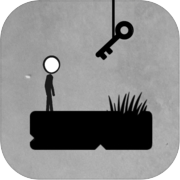Fun with Logic Gates
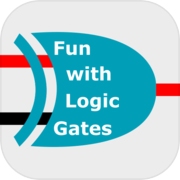
FUN WITH LOGIC GATES
Use AND, OR, and NOT logic gates to create logic circuits. These gates are fundamental building blocks of digital circuits, and they are used to perform logical operations on binary inputs (inputs that can take on the value of either 0 or 1).
An AND gate takes two inputs and produces an output that is 1 if and only if both inputs are 1. In other words, the output is 1 if and only if both inputs are true.
An OR gate also takes two inputs and produces an output that is 1 if either input is 1. In other words, the output is 1 if at least one of the inputs is true.
A NOT gate takes a single input and produces an output that is the opposite of the input. If the input is 1, the output is 0; if the input is 0, the output is 1.
Using these gates, you can create more complex circuits by combining them in different ways. For example, you can use an AND gate followed by a NOT gate to create a NAND gate, which produces an output that is the opposite of what an AND gate would produce. You can also combine multiple gates to create more complex circuits, such as a binary adder.
Once you have created a circuit, you can save it as a component and use it as a building block for even bigger circuits. This can save time and effort when designing complex circuits, as you can reuse circuits that you have already created rather than starting from scratch every time.
CONTROLS
- Use the buttons below the work area to create new inputs, outputs, and gates
- Tap on inputs, outputs, gates / components to reveal a context menu. If trying to establish a connection, tap on the component or IO to which you want to connect
- Once connections are complete, tap on the "Truth Table" button to generate a table showing how all combinations of inputs affect the output(s)
- If satisfied with the circuit, tap "Save" to abstract the circuit into its own named component. This will place a new button in the toolbar which can be tapped to add the new component to the work area. Long press on component buttons to edit or delete created components
Use AND, OR, and NOT logic gates to create logic circuits. These gates are fundamental building blocks of digital circuits, and they are used to perform logical operations on binary inputs (inputs that can take on the value of either 0 or 1).
An AND gate takes two inputs and produces an output that is 1 if and only if both inputs are 1. In other words, the output is 1 if and only if both inputs are true.
An OR gate also takes two inputs and produces an output that is 1 if either input is 1. In other words, the output is 1 if at least one of the inputs is true.
A NOT gate takes a single input and produces an output that is the opposite of the input. If the input is 1, the output is 0; if the input is 0, the output is 1.
Using these gates, you can create more complex circuits by combining them in different ways. For example, you can use an AND gate followed by a NOT gate to create a NAND gate, which produces an output that is the opposite of what an AND gate would produce. You can also combine multiple gates to create more complex circuits, such as a binary adder.
Once you have created a circuit, you can save it as a component and use it as a building block for even bigger circuits. This can save time and effort when designing complex circuits, as you can reuse circuits that you have already created rather than starting from scratch every time.
CONTROLS
- Use the buttons below the work area to create new inputs, outputs, and gates
- Tap on inputs, outputs, gates / components to reveal a context menu. If trying to establish a connection, tap on the component or IO to which you want to connect
- Once connections are complete, tap on the "Truth Table" button to generate a table showing how all combinations of inputs affect the output(s)
- If satisfied with the circuit, tap "Save" to abstract the circuit into its own named component. This will place a new button in the toolbar which can be tapped to add the new component to the work area. Long press on component buttons to edit or delete created components
Available on devices:
- Android
- Smart TV

